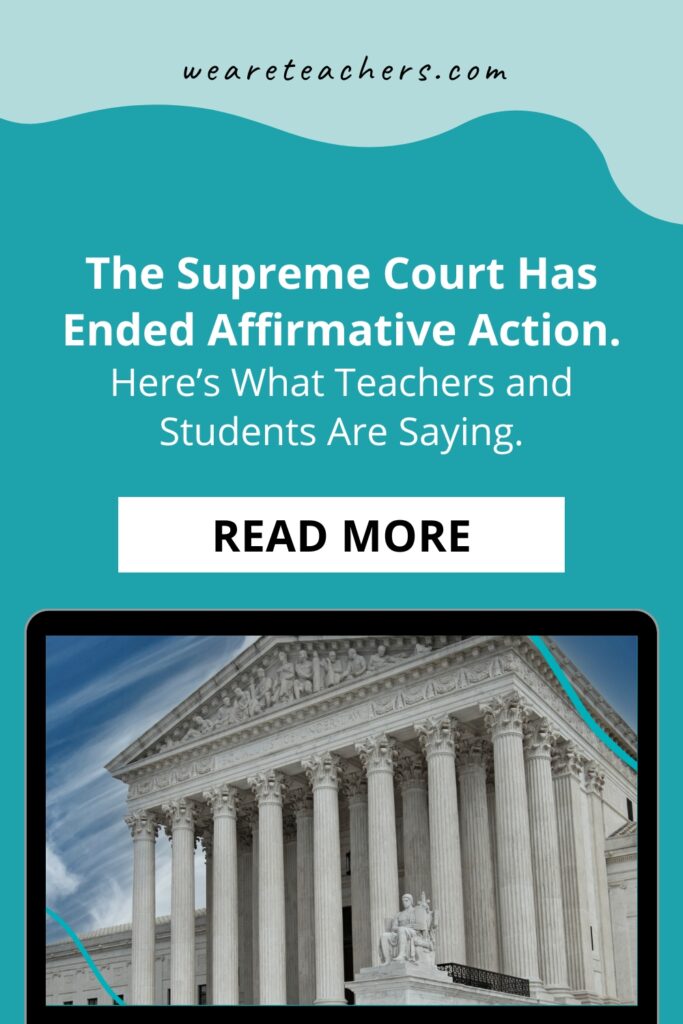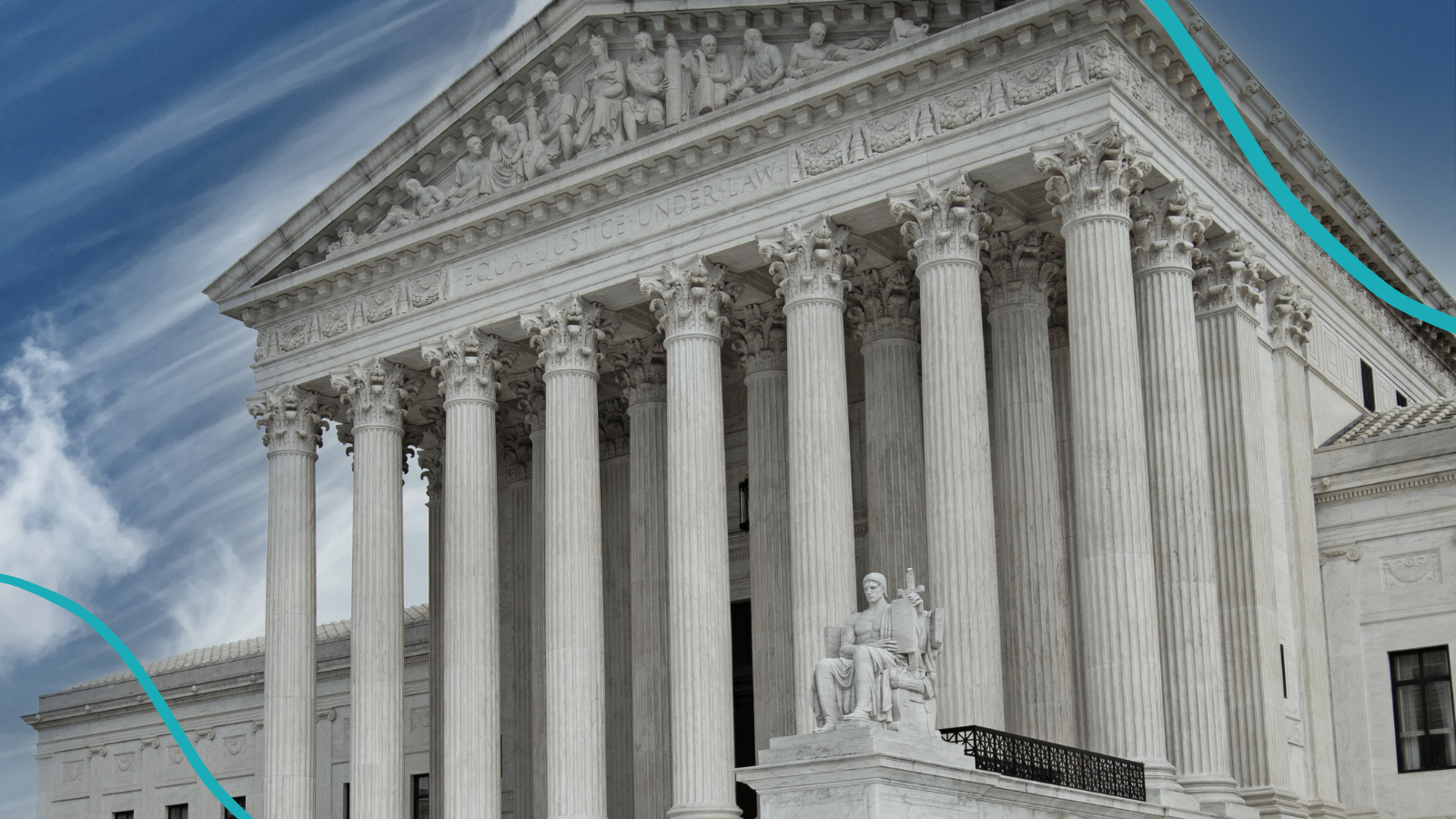In a momentous ruling this morning, the Supreme Court of the United States (SCOTUS) delivered a decision that upended decades of legal precedent: race cannot play a factor in college admissions.
The United States created affirmative action policies in the 1960s as a response to discrimination against marginalized groups, particularly Black Americans. Legislators designed affirmative action to address the enduring effects of racial inequality and promote diversity. The affirmative action policies ensured disadvantaged groups’ equal access to educational and employment opportunities. Critics have long argued that affirmative action undermines the principles of meritocracy, while supporters maintain it’s necessary to combat inequalities that still exist.
Chief Justice John Roberts noted this in his opinion, referring to the two university programs at the center of the decision at Harvard and University of North Carolina: “Both programs lack sufficiently focused and measurable objectives warranting the use of race, unavoidably employ race in a negative manner, involve racial stereotyping, and lack meaningful end points. We have never permitted admissions programs to work in that way, and we will not do so today.”
Justice Sonia Sotomayor read her first dissenting opinion this term, saying, “Today, this Court stands in the way and rolls back decades of precedent and momentous progress. It holds that race can no longer be used in a limited way in college admissions to achieve such critical benefits. In so holding, the Court cements a superficial rule of colorblindness as a constitutional principle in an endemically segregated society where race has always mattered and continues to matter.”
The ruling to strike down affirmative action carries significant implications for education and the people in its institutions. Here’s just some of what teachers and students had to say:
“I sincerely believe that this will result in less diversity at top schools.”
“If the context from birth to college level was the same for all students of any race, then I would support removing affirmative processes.”
“Supreme Court Justice Thurgood Marshall said that the policy of considering race in admissions is meant to ‘remove the vestiges of slavery and state-imposed segregation.'”
“It means the college can accept a white student with a lower GPA than a minority student and no longer has to explain why.”
“I think this issue started way before college admissions.”
“This begins with parents wanting their kids to be at schools where most of the kids look like them and have the same level of wealth. This also means that poor kids don’t get the same good schools early on, and then may not be as ready for the Ivy League schools later. I like the idea of every kid being compared equally, but it’s not fair when they haven’t had the same opportunities. They also don’t get the same coaching, so it’s harder for them to get in.” —Kirby M., 6th grade student, Texas
“I feel that socio-economic factors are significantly larger factors in students’ opportunities than race.”
“While many times race and socio-economic levels are aligned, it is not fair to use race as a factor. In addition, I think colleges (and many other organizations) forget that to truly provide the opportunities that those of lower socio-economic levels deserve, we must provide the extra supports they did not have access to prior to the opportunity to attend college, and I feel like that is the biggest hole in affirmative action. I hope that makes sense and, of course, this is just one (privileged) person’s opinion.” —Amy D., former elementary teacher in Tennessee
“I was already preparing my students to succeed based on their capabilities, effort and commitment, so hopefully it will be largely irrelevant.”
“I’ve taught high school students in my city’s wealthiest and poorest ZIP codes.”
What are your thoughts on this SCOTUS decision? Let us know in the comments.
Plus, for more articles like this, be sure to subscribe to our newsletters.


